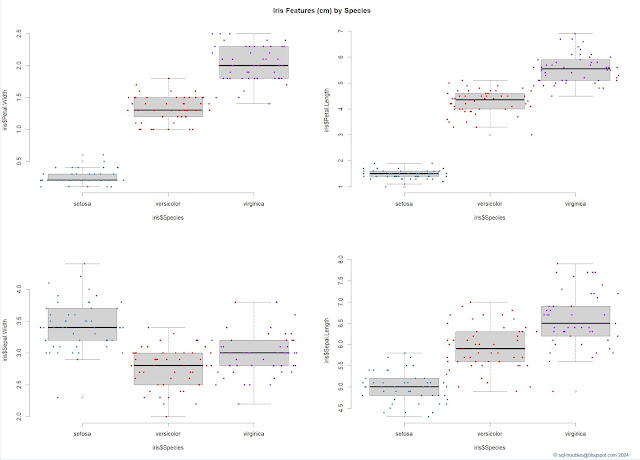 |
| Business Intelligence Series |
More than a century ago, Jerbert G Wells wrote on mathematical literacy: "[...] the time may not be very remote when it will be understood that for complete initiation as an efficient citizen of one of the new great complex world-wide States that are now developing, it is as necessary to be able to compute, to think in averages and maxima and minima, as it is now to be able to read and write" [1]. The quote is occasionally misquoted as referring to Statistics, though frankly the boundaries of mathematical, statistical, numerical and data literacy tend to melt into each other, existing multiple dependencies between them.
In the age of big data, data citizens, business people able to use data, data processing and visualization tools for building solutions that enable their job, become steadily a necessity for businesses in their quest of making data-driven decisions, gaining insight and whatever valuable use data might have for the organizations. The need is not new, Microsoft Access and Excel were used for similar purposes already in the 90s, becoming a maintenance nightmare for IT, data islands without proper backup or documentation existing through the organizations, diverse numbers being reported and contradicting each other.
Then IT took over, trying to find alternatives for the data islands, implementing concepts like single source(s) of truth, quality gates and supporting processes, designing data models and infrastructures for self-service, allowing users to tap into the data for data exploration, discovery, reporting, etc. Getting all this right required to redesign existing infrastructures, making one step forward and a few steps back, in the end everything is a learning process. Such an effort can easily consume an organization's resources.
Microsoft and other vendors for data-driven solutions keep insisting on how much potential exist in their tools for the data citizen, how the citizens can bring competitive advantage for organizations, automating business and supporting processes. The potential is not to neglect, though it requires a considerable investment from organizations in training and mentoring data citizens, in building data warehouses or data meshes that focus on end-user self-service needs. The data citizen needs time to learn, to play with the data, build solutions, test their usefulness in the daily tasks, respectively incorporate and disseminate the knowledge gained within the organization.
There are many scenarios in which results can be obtained with a minimum of effort, however there are also hard limits. Besides the learning effort and the time available, there are cognitive, knowledge and ability limits that vary from person to person. Understanding what good architecture, design and techniques means is unfortunately not for everybody, and here's where the concept of citizen data analyst or citizen scientist breaks, and this independently of the tools used. There are also IT people who have similar challenges.
It must be also recognized that the solutions built in the early stages by data citizens are primarily personal solutions that need to be reviewed and brought to the standards adopted by the organization. In time, it's expected to reduce considerably such effort by evolving data citizen's knowledge and skillset. Without this further work, the solutions built will tend to display some of the shortcomings of the solutions built on MS Access or Excel.
The concept of data citizen can work as long the various assumptions and needs are adequately addressed, however progress will not happen overnight. The effort needs to become part of organization's long-term strategy, and the effort can be considerable for many organizations. Mentorship in terms of technical and non-technical support is needed. It's advisable to proceed in small iterative steps and integrate gradually the lessons learned.
Previous Post <<||>> Next Post
Resources:
[1] "Mankind in the Making", by Herbert G Wells, 1903 [Source]

















